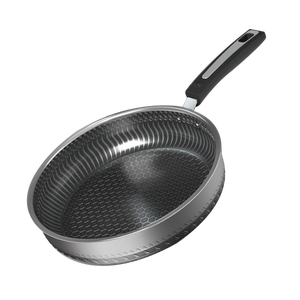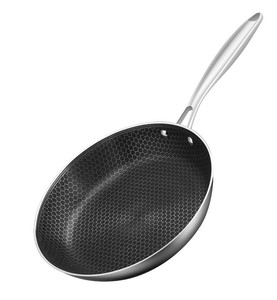
All categories
Featured selections
Trade Assurance
Buyer Central
Help Center
Get the app
Become a supplier














Bất kỳ nhà bếp nào cũng cần có một keyword đá cẩm thạch frypan chất lượng. Điều mà mọi người có thể đồng ý, đó là chảo chống dính tốt sẽ đi được một chặng đường dài.
Nhờ có sẵn đá cẩm thạch frypan bán buôn đa dạng, bạn có thể dễ dàng tìm được keyword chảo phù hợp với nhu cầu của khách hàng. Chúng tôi có chảo cho các dịp và công thức nấu ăn khác nhau. Các hộ gia đình và doanh nghiệp có thể tập trung vào việc tạo ra các món ăn đặc trưng của họ bằng cách sử dụng những chiếc chảo chất lượng có sẵn.
Đối với những lúc mọi người muốn ăn thịt nướng nhưng thời tiết bên ngoài không thích hợp để nướng, hãy thử sử dụng chảo nướng hoặc chảo rang. đá cẩm thạch frypan này sẽ giúp bạn chế biến các món nướng hấp dẫn bằng lò nướng hoặc bếp nấu.
Thật dễ dàng để chuẩn bị bữa ăn với bộ nồi và chảo. Dù tạo bất ngờ cho gia đình với món rau xào hay súp gà tự làm, chúng ta đã có một chiếc chảo phù hợp. Một chiếc chảo cũng là một người bạn đồng hành nấu ăn tuyệt vời để nấu súp, hầm và ninh. Một số người thích áp chảo và các món xào cho gia đình bằng chảo áp chảo. Nhiều keyword chảo của chúng tôi cũng hữu ích cho các chủ nhà hàng. Cho dù đó là một chảo rán đơn giản hay một lò nướng gang kiểu Hà Lan, chúng tôi có mọi thứ cần thiết. Đối với các cửa hàng bánh pizza và tiệm bánh, chúng tôi cung cấp các keyword chảo bánh pizza lớn cũng như các tấm bánh quy. Ngoài ra, bộ dụng cụ làm bánh cũng có sẵn. Chúng rất dễ sử dụng và thuận tiện.